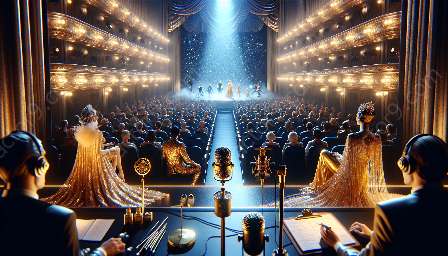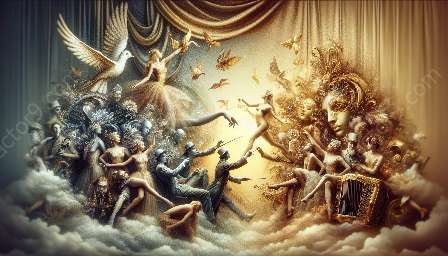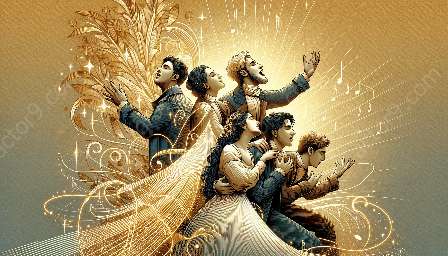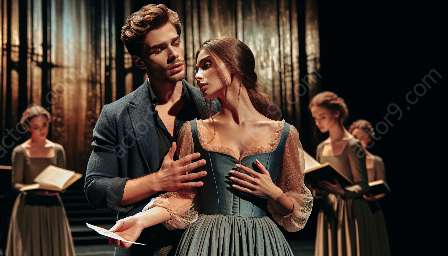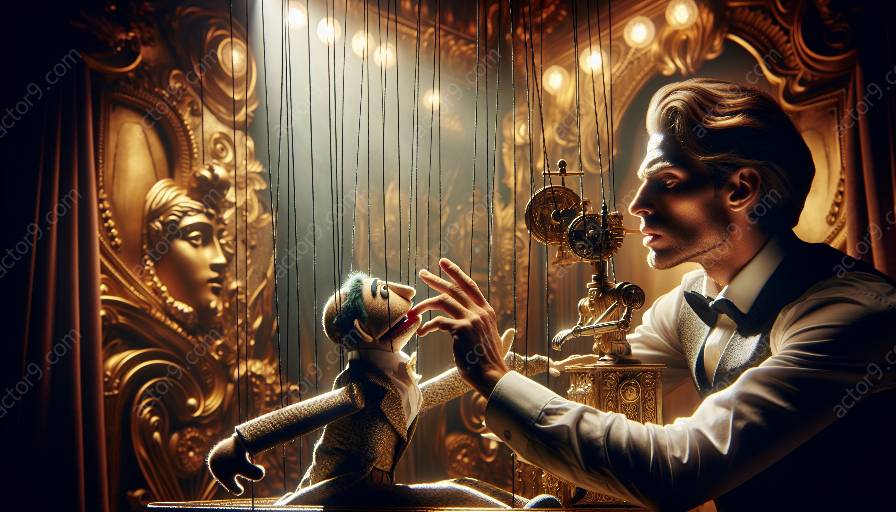Puppetry, voice acting, and cultural considerations intersect in the fascinating world of character creation. When it comes to puppet characters, the choice of voice is an essential element that can significantly impact the audience's perception and engagement. This topic cluster will explore the cultural considerations in creating voices for puppet characters, the art and technique of voice acting for puppetry, and the role of voice actors in this unique form of performance art.
Cultural Considerations in Creating Voices for Puppet Characters
Creating voices for puppet characters involves a deep understanding of cultural nuances and sensitivities. Different cultures have different vocal tones, accents, and mannerisms that are essential to consider when developing puppet characters. A culturally sensitive approach ensures that the portrayal of characters aligns with the values and expectations of the audience.
Respect for Diversity
One of the primary cultural considerations in creating voices for puppet characters is the respect for diversity. Puppet characters should represent a wide range of cultures and backgrounds, and their voices should reflect the diversity of the global audience. Voice actors and puppeteers need to be mindful of stereotypes and caricatures that may perpetuate cultural biases.
Cultural Authenticity
Authenticity is crucial when creating voices for puppet characters from specific cultural backgrounds. Voice actors must research and understand the nuances of different languages, dialects, and accents to authentically represent diverse cultures. This requires collaboration with language experts and cultural consultants to ensure accurate and respectful portrayals.
Sensitivity to Cultural Taboos
Another important consideration is the sensitivity to cultural taboos. Certain topics, words, or expressions may be taboo in specific cultures, and voice actors need to be aware of these nuances to avoid inadvertently causing offense. Understanding cultural sensitivities can help voice actors navigate potential pitfalls and ensure a culturally appropriate portrayal of puppet characters.
Voice Acting for Puppetry
Voice acting for puppetry is a specialized form of performance that requires unique skills and techniques. While traditional voice acting focuses on delivering lines for animated or live-action characters, voice acting for puppetry involves synchronizing the voice with the movement and expression of the puppet. This dynamic art form brings puppet characters to life through the synergy of voice and puppeteering.
Emotional Connection
Voice actors in puppetry must establish a strong emotional connection with the characters they voice. The ability to convey emotions and express nuances through voice alone is essential in bringing puppet characters to life. Voice actors need to understand the subtleties of non-verbal communication and translate them into vocal performances that resonate with the audience.
Collaborative Process
Voice acting for puppetry involves close collaboration between the voice actors and puppeteers. The voice and gestures of the puppet must work in harmony to create a cohesive and compelling performance. This collaborative process requires clear communication and a shared understanding of the character's traits, motivations, and personality.
Physicality of Voice
Unlike traditional voice acting, voice actors for puppetry must embody the physicality of the characters they voice. This entails understanding the physical limitations and capabilities of the puppet and infusing the voice performance with elements of physical expression. The voice becomes an integral part of the puppet's physical presence, amplifying its personality and presence.
The Role of Voice Actors
Voice actors play a pivotal role in the success of puppetry performances. Their ability to breathe life into puppet characters through vocalization is fundamental to captivating audiences and creating memorable experiences. Voice actors bring artistic depth and authenticity to puppet characters, enriching the storytelling and immersive nature of puppetry.
Character Development
Voice actors contribute significantly to the development of puppet characters. Through their vocal performances, voice actors shape the personalities, quirks, and idiosyncrasies of the characters, adding depth and dimension to their portrayal. Their creative input and interpretation infuse the characters with vitality and individuality.
Audience Engagement
The vocal performances of puppet characters directly impact audience engagement. Voice actors have the power to captivate, entertain, and evoke emotional responses from audiences through their skilled performances. The ability to connect with audiences on an emotional level is a testament to the impact and influence of voice actors in the realm of puppetry.
Artistic Expression
Voice actors embody the artistic expression of puppet characters. Their vocal interpretations breathe life into the puppets, transcending them from mere objects to vibrant personas. The creative choices, intonations, and inflections of voice actors reveal the depth of their artistry and their profound contribution to the world of puppetry.









